Advanced Option Pricing Models: An Empirical Approach to Valuing Options
$22.51
| Author(s) | , |
|---|---|
| Format |
|
| Pages |
447 |
| Publication Year |
2005 |
Advanced Option Pricing Models takes an objective, scientific look at this problem, detailing specific conditions under which standard option pricing models fail to provide accurate price estimates. The book then shows how to construct nonstandard models that effectively compensate for those flaws and provide a profitable competitive edge over traders still using older models.
Introduction:
This book is the result of years of original scientific research into the various elements that are required to accurately price options. We approached the topic in an objective and systematic manner, just as we did in our study of futures trading systems in The Encyclopedia of Trading Strategies. The method: a traditional labor- and data-intensive study involving thousands of hours of computer time; the result: a wealth of practical findings of direct relevance to those who use options to speculate or hedge.
An in-depth investigation was necessary because of the nature of the subject under study. As is well known, options are a fiercely competitive, zero-sum game. The amateur usually does not stand a chance and even experienced players can find it difficult to use them effectively. Therefore, to successfully speculate or hedge with options, every edge is necessary. As in almost all realms of endeavor, knowledge can provide the biggest edge. A thorough, clear-sighted understanding of the subject and the factors that influence it are critical and can only be achieved by implementing an objective, scientific approach.
When it comes to options, knowledge can mean the difference between making a profit and taking a loss. For example, there is great advantage in knowing how to identify and exploit mispriced options. We are not referring to small mispricings that only the most efficient arbitrageur or market maker can exploit, but to gross mispricings that sometimes appear and, equally quickly, disappear. There is an edge in knowing what to look for and in knowing how to find it.
We know we must search for gross mispricings, but how do we find them? An option pricing model is needed. However, not just any pricing model will do. To gain an edge, a model must correctly value options under circumstances that cause standard models to break down. In addition, the model must be used with valid inputs; even the best model will not yield accurate prices if the model’s inputs are in error.
In this book, we have done the research, described the logic behind it and the steps involved, and presented the results as practical solutions. We have analyzed standard option pricing models, discovered their flaws, and investigated better estimators of volatility and other model inputs. We have also explored nonstandard, rather innovative ways to achieve more accurate appraisals of option value. It is our sincere hope that this will give you the edge you need in the tough options game.
Contents:
- A Review of Options Basics
- Fair Value and Efficient Price
- Popular Option Pricing Models
- Statistical Moments of Stock Returns
- Estimating Future Volatiliy
- Pricing Options with Conditional Distributions
- Neural Networks, Polynomial Regressions, and Hybrid Pricing Models
- Volatility Revisited
- Option Prices in the Marketplace
Advanced Option Pricing Models: An Empirical Approach to Valuing Options By Donna McCormick, Jeffrey Owen Katz pdf
3 reviews for Advanced Option Pricing Models: An Empirical Approach to Valuing Options
Clear filtersOnly logged in customers who have purchased this product may leave a review.

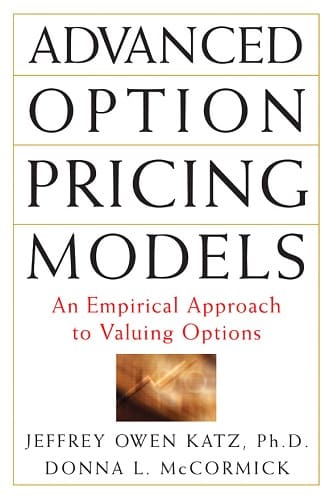
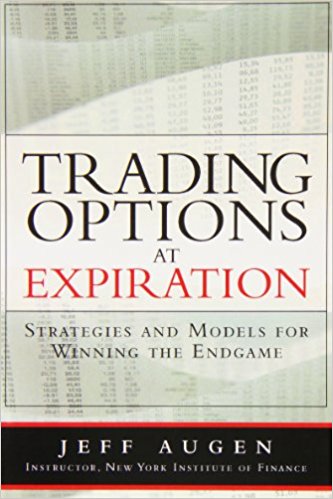
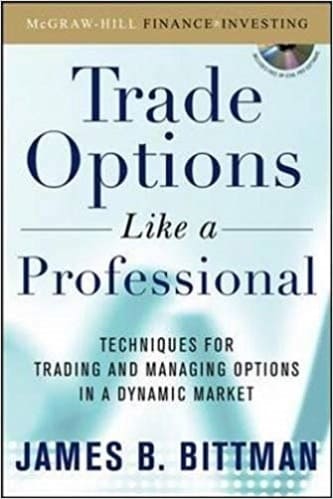
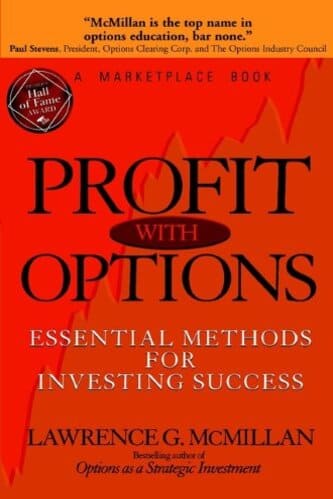
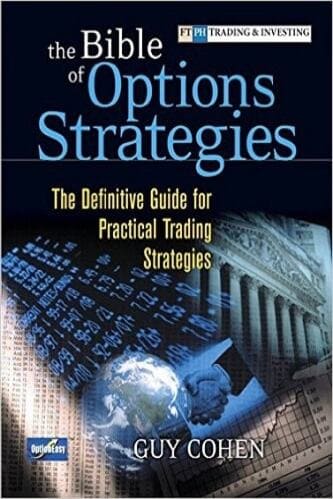
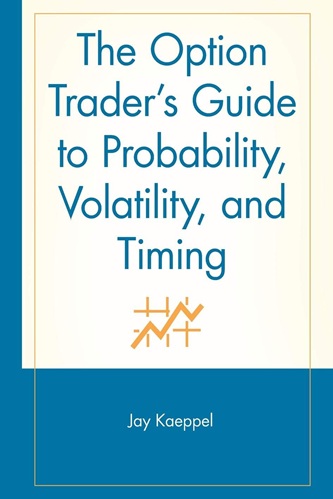
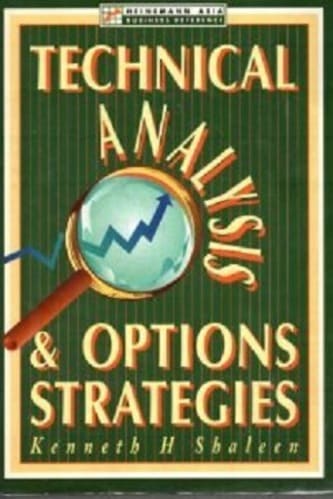
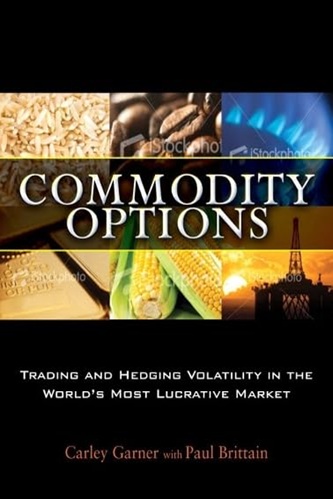
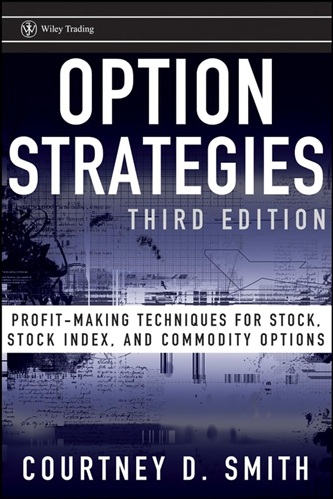
Hana Phelps (verified owner) –
Refreshingly grounded in empirical data and a spirit of numerical experimentation, this book also succeeds at explaining the arcane mathematical concepts of options pricing in straightforward, clear language. The reader will come away not just with the accepted wisdom of the field, but also with a good sense of how to test that wisdom against real data.
George McCullough (verified owner) –
A must read for those who are looking for more advanced option modeling techniques.
Hamza Duran (verified owner) –
Katz’s book on Advanced Options Pricing offers traders additional insight into limitations and errors found in traditional pricing models. For those of us that write mechanical options trading systems, particularly combination models, Jeff’s book is a must read. If you are an options price researcher looking for in depth advanced pricingmodel discovery, analysis and mathematics, this book is probably not for you. However, if you are looking at ways to improve your existing models thus converging the error between empirically derived options system equity curves and those equity curves derived from options models, you should read this book. As most traders know, efficient entry and exit points in the market often occur during periods when pricing models break down, so the more you can learn about options behavior during this transient period, the better your overall trading system will be.